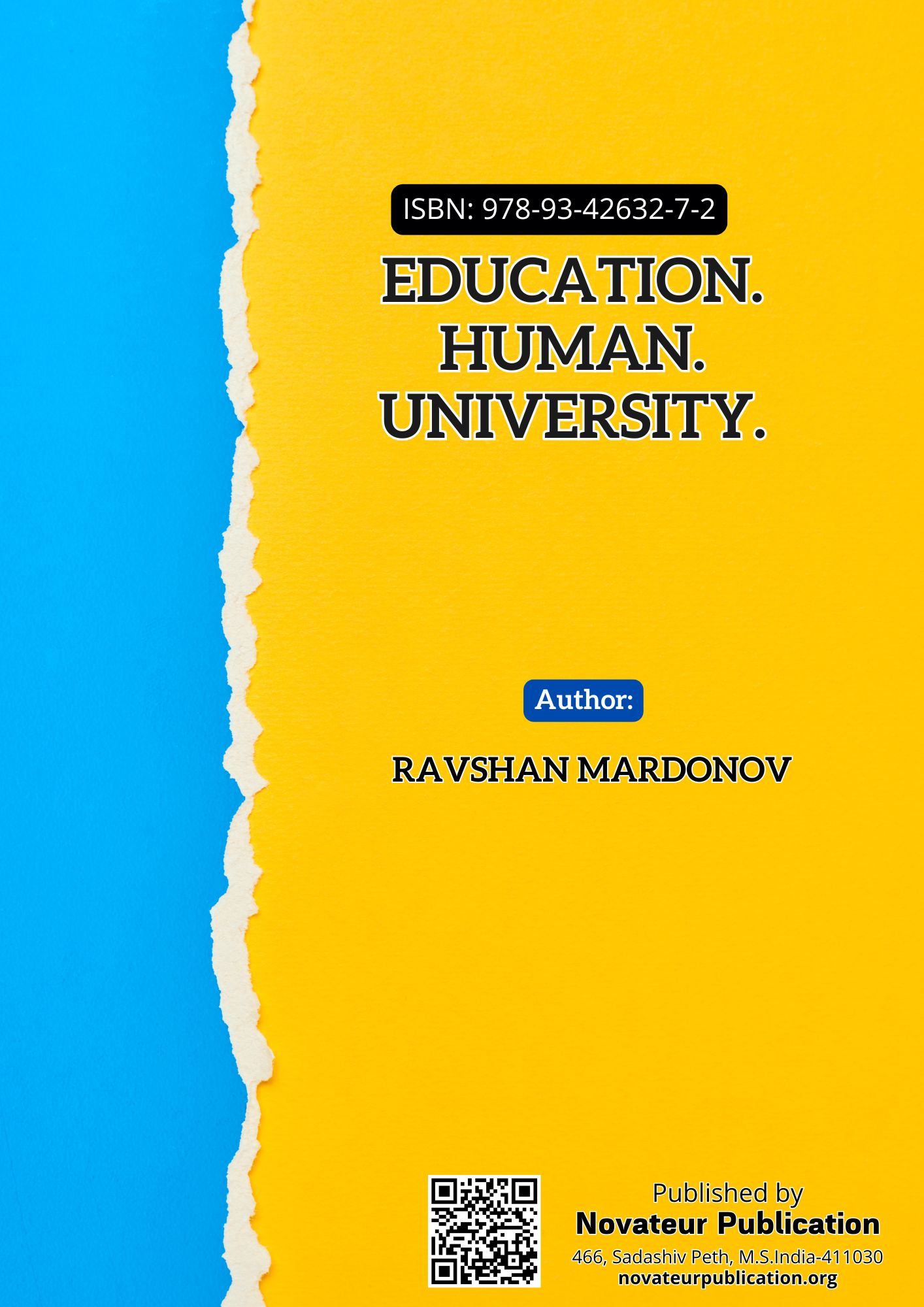EDUCATION. HUMAN. UNIVERSITY.
Keywords:
EDUCATION, HUMAN, UNIVERSITYAbstract
Educational issues have always been a matter of attention for any country throughout history. From the very first days of independence, the development of the education system became a pressing issue in Uzbekistan. The "Concept for the Development of the Higher Education System of the Republic of Uzbekistan until 2030," approved by Presidential Decree No. PF-5847 dated October 8, 2019, includes among its strategic goals the improvement of the quality of training highly qualified personnel for the modernization of the country and sustainable socio-economic development, as well as the development of human capital based on the requirements of the labor market”[1] this idea was incorporated. Shavkat Mirziyoyev stated: “There is no doubt that one of the most important tasks of the education sector is to nurture a new generation that is necessary for today — knowledgeable youth who have a strong grasp of science and the fundamentals of their specialty. At the same time, it is extremely important to form a generation of modern, broad-minded young people with a clear civic position, who protect the interests of society and the state, and actively participate in the changes and reforms taking place in the life of the people.”[2]. The past century stands out for its significant achievements in the field of education, as these accomplishments contributed to major social changes as well as scientific and informational advancement. In the second half of the 20th century, the global education system succeeded in educating more people than in all previous human history combined. However, the rapid expansion and changing role of education during the 20th century also led to a sharp intensification of problems in the field, allowing some researchers to conclude that there is a global crisis in education. As a result, educational issues have become a central focus of the scientific community.

Downloads
Published
Issue
Section
License

This work is licensed under a Creative Commons Attribution-NonCommercial 4.0 International License.


 Novateur Publication
Novateur Publication